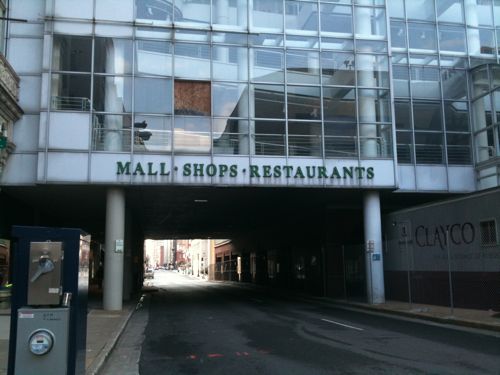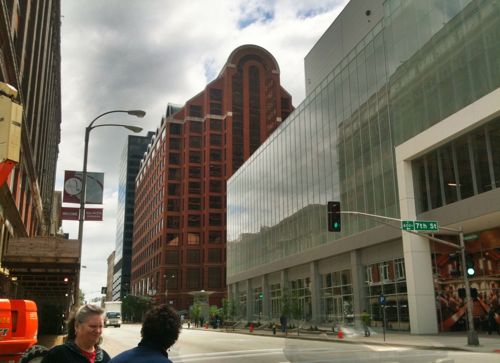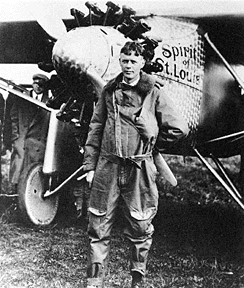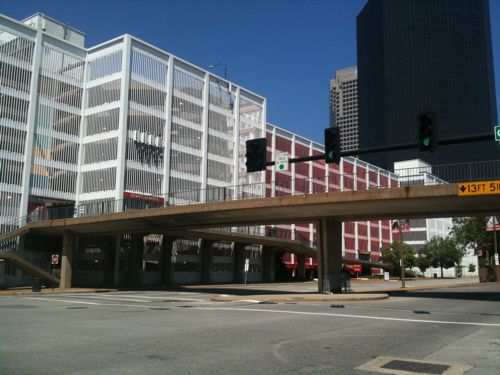Poll: Will you shop at the downtown Macy’s more than you used to?

A few days ago the downtown Macy’s store in the Railway Exchange building had a reopening event:
The store is shrinking to three floors from seven at the Railway Exchange but will carry more clothing for office workers and more housewares targeted at residents of downtown lofts and apartments. Gone are the store’s furniture department and two restaurants. All 134 store employees remain. (Source)
The store was packed on Thursday! Looking around the housewares department it is clear a car-free downtown resident could get everything needed to stock a loft kitchen, including a stock pot. I’m more likely to buy clothing at a thrift store than a department store so I can’t speak to the selection of men’s clothing.
My poll question this week asks “Will you shop at the downtown Macy’s more than you used to?” I hopefully have covered all the possible answers but if not supply your own. Â The poll is in the upper right of the blog.
– Steve Patterson





